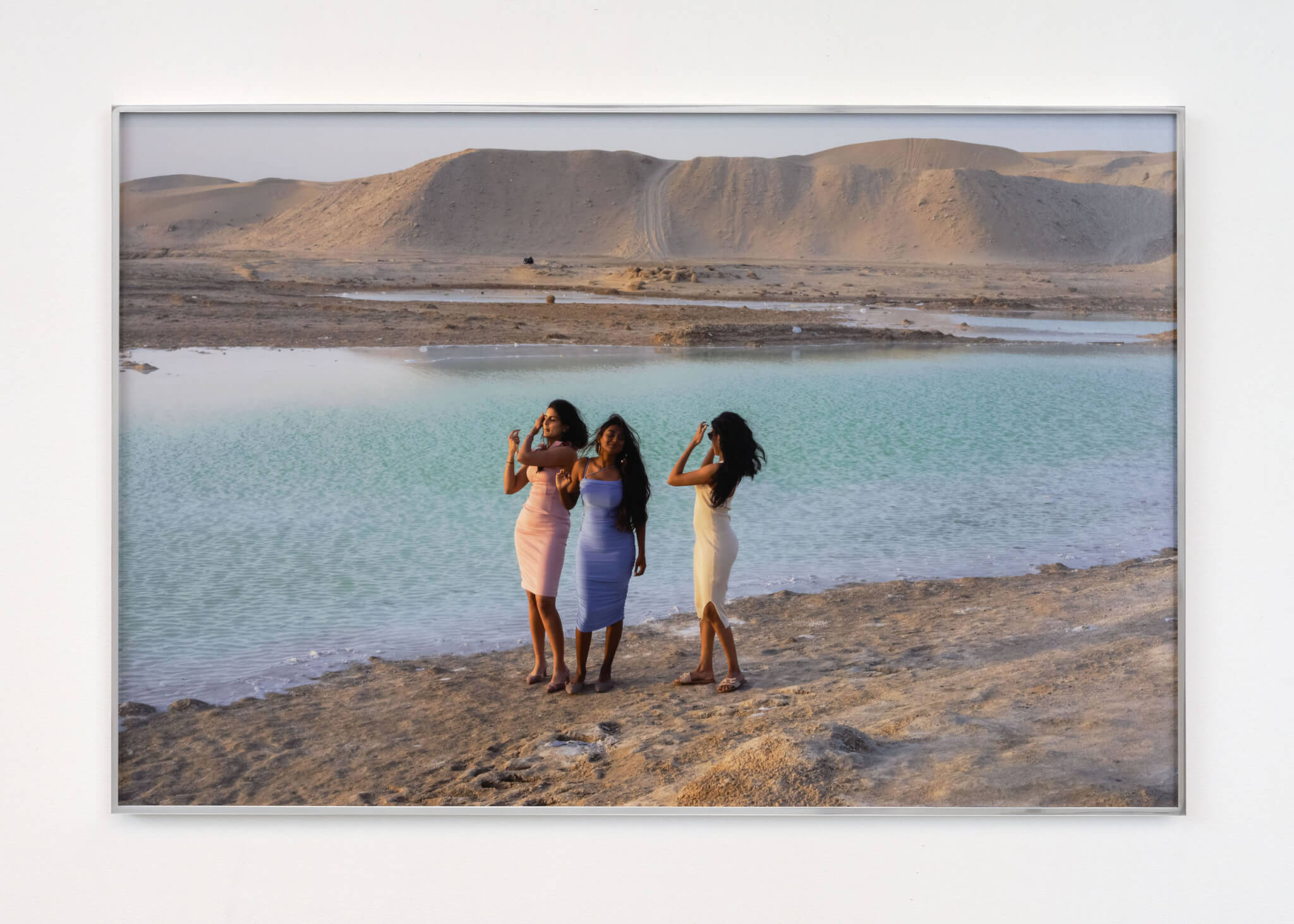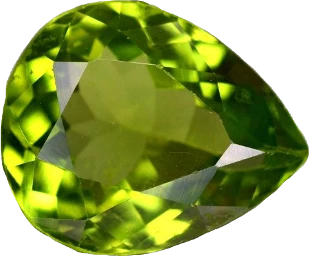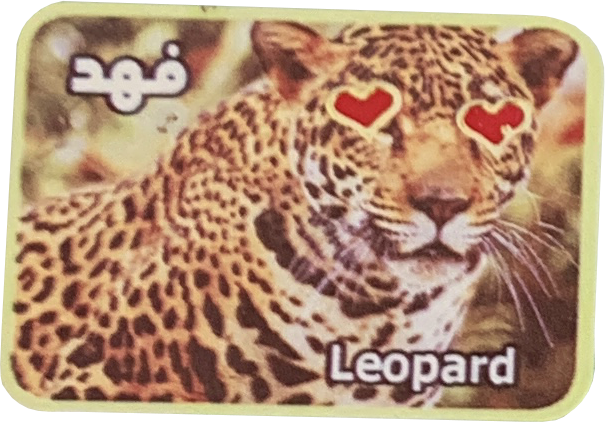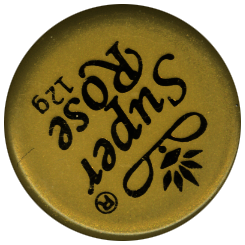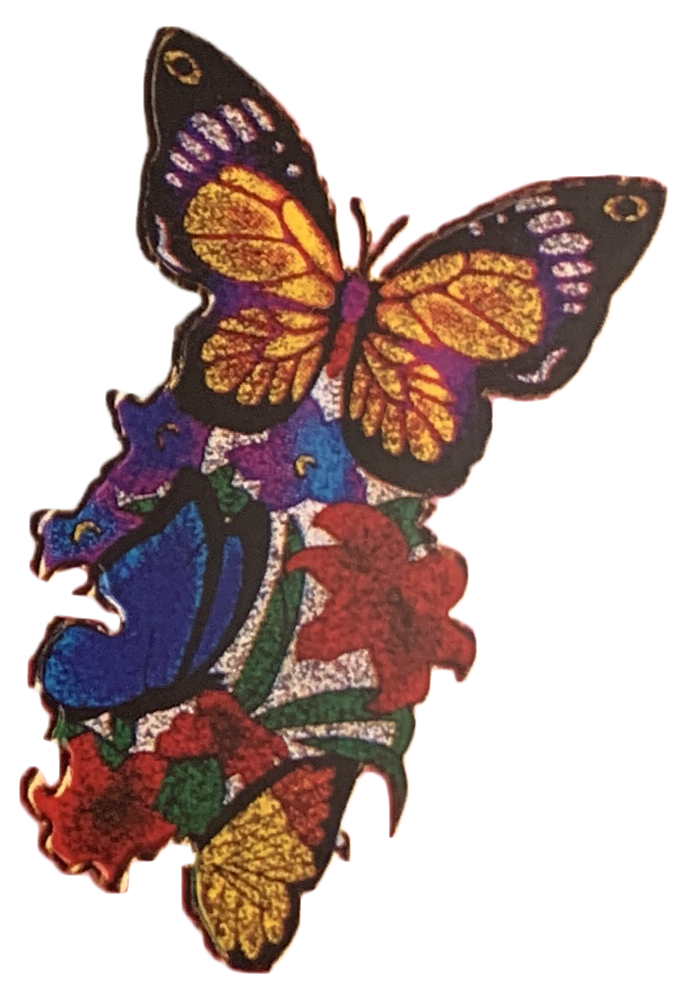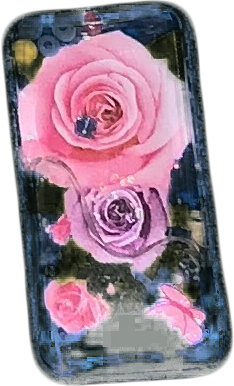Surge
May 14 – June 18, 2022
François Ghebaly
Al Qasimi’s Los Angeles debut presents eighteen images that muse upon forbidden desire. This series of works draws from the 1975 Japanese film version of “The Little Mermaid” based on Hans Christian Anderson’s original story. Al Qasimi sees this internationally popular fairytale as a manifestation of global trade, production, commercialization and desire. Considering the influence children’s stories have on shaping value systems, gender norms, and sexuality across the globe, the artist examines the little mermaid’s desire for a land-bound prince. With a steady, almost foreboding sensitivity, Al Qasimi tells us a story about a dry, familiar land and its peculiar intimacy with salt and sea. This story asks: To what lengths do we desire? What do we risk for reward?
Upon entering the gallery, the viewer is immediately submerged in Al Qasimi’s tale. Man in Lobby is a floor to ceiling image of a single man. He does not face the viewer, but insteads, locks eyes with his own reflection. Every image on display was taken in a period of isolation during the world’s lockdowns. With investigative curiosity, the artist chronicles her deserted surroundings. Domestic, public, and natural spaces appear alluring, yet eerily bare, vacant, and lonely too. While viewers may find themselves seduced by Al Qasimi’s treatment of saturated light, undulating fabric, and detailed texture, a darker truth lingers below the surface — water scarcity. Bridging drought in California to drought in the Gulf region, Al Qasimi’s photographs reveal the fact that land is becoming alarmingly dry worldover. Focused on traces of human life, through still lifes of belongings, shadows of faces, and limbs, every image is also mixed with evidence of marine life. Water and land coalesce.
Moving across the exhibition, Al Qasimi gently disguises this contemporary crisis in each work. Desalination plants pollute groundwater supplies and require expensive treatments to remove additional pollutants, disrupting ocean ecosystems. As California makes possible a massive desalination plant of its own, the artist asks us to temper our lust for what seems an easy fix. In Salt Lake Sirens, three young women ready themselves for a photograph. Beneath them, underground pipes feed highly saline waters to the area and salt cuts its way to the surface, forming concentrated, man-made lakes. In Woman and Snail, a large snail glides up a gracefully outstretched wrist. Cast in a sultry blue light, the ocean’s horizon just behind them, the woman and snail’s contact feels intimate. Al Qasimi’s plush, pastel, candy-like tones reveal a world that appears so warm, soft, and inviting that a viewer might forget salt’s perilous effects on other beings. Spellbindingly vivid, each photograph not only stands on its own but also in conversation with the other images in the room. An undercurrent of danger infuses Al Qasimi’s convergence of contradictions: land and water, risk and allure, excess and scarcity.
Seemingly inconspicuous moments and cast-aside materials reveal a land tethered to its desalination process, rapid motorization, and unquenchable consumerism. In this exhibition, Al Qasimi places a lens upon ourselves and questions: for what do we long for and at what cost? Al Qasimi’s works represent an embodied consciousness towards a drought-ridden land and speak to a greater concern for our very existence, beyond our relation to salt and sea.
François Ghebaly
“Far away I hear the call of the heart that sings a song like mine Its melody draws near and suddenly we’re in perfect harmony I know it beckons to me from the land that’s not from the sea Yet I know I must follow wherever it leads me Wisdom only comes with time The road to love is paved with broken hearts If I am to reach my goal, I must stake everything In my true destiny, no matter what the price.”
-Translation of an excerpt from The One I’ve Waited For (待っていた人), lyrics by Tokiko Iwatani, music and arrangement by Takekuni Hirayoshi. From The Little Mermaid (1975), directed by Tomoharu Katsumata.
Spanning photography, performance, and film, Farah Al Qasimi’s work dismantles structures of power, gender, and aesthetics in an interconnected world. Subverting geography as a unifying force through reflective and sharply observant photographs, Al Qasimi relates prismatic worlds and settings by documenting products, textiles, city life, and private moments that transcend boundaries and borders. Her work underscores the pervading influence of a monolithic culture. -Translation of an excerpt from The One I’ve Waited For (待っていた人), lyrics by Tokiko Iwatani, music and arrangement by Takekuni Hirayoshi. From The Little Mermaid (1975), directed by Tomoharu Katsumata.
Al Qasimi’s Los Angeles debut presents eighteen images that muse upon forbidden desire. This series of works draws from the 1975 Japanese film version of “The Little Mermaid” based on Hans Christian Anderson’s original story. Al Qasimi sees this internationally popular fairytale as a manifestation of global trade, production, commercialization and desire. Considering the influence children’s stories have on shaping value systems, gender norms, and sexuality across the globe, the artist examines the little mermaid’s desire for a land-bound prince. With a steady, almost foreboding sensitivity, Al Qasimi tells us a story about a dry, familiar land and its peculiar intimacy with salt and sea. This story asks: To what lengths do we desire? What do we risk for reward?
Upon entering the gallery, the viewer is immediately submerged in Al Qasimi’s tale. Man in Lobby is a floor to ceiling image of a single man. He does not face the viewer, but insteads, locks eyes with his own reflection. Every image on display was taken in a period of isolation during the world’s lockdowns. With investigative curiosity, the artist chronicles her deserted surroundings. Domestic, public, and natural spaces appear alluring, yet eerily bare, vacant, and lonely too. While viewers may find themselves seduced by Al Qasimi’s treatment of saturated light, undulating fabric, and detailed texture, a darker truth lingers below the surface — water scarcity. Bridging drought in California to drought in the Gulf region, Al Qasimi’s photographs reveal the fact that land is becoming alarmingly dry worldover. Focused on traces of human life, through still lifes of belongings, shadows of faces, and limbs, every image is also mixed with evidence of marine life. Water and land coalesce.
Moving across the exhibition, Al Qasimi gently disguises this contemporary crisis in each work. Desalination plants pollute groundwater supplies and require expensive treatments to remove additional pollutants, disrupting ocean ecosystems. As California makes possible a massive desalination plant of its own, the artist asks us to temper our lust for what seems an easy fix. In Salt Lake Sirens, three young women ready themselves for a photograph. Beneath them, underground pipes feed highly saline waters to the area and salt cuts its way to the surface, forming concentrated, man-made lakes. In Woman and Snail, a large snail glides up a gracefully outstretched wrist. Cast in a sultry blue light, the ocean’s horizon just behind them, the woman and snail’s contact feels intimate. Al Qasimi’s plush, pastel, candy-like tones reveal a world that appears so warm, soft, and inviting that a viewer might forget salt’s perilous effects on other beings. Spellbindingly vivid, each photograph not only stands on its own but also in conversation with the other images in the room. An undercurrent of danger infuses Al Qasimi’s convergence of contradictions: land and water, risk and allure, excess and scarcity.
Seemingly inconspicuous moments and cast-aside materials reveal a land tethered to its desalination process, rapid motorization, and unquenchable consumerism. In this exhibition, Al Qasimi places a lens upon ourselves and questions: for what do we long for and at what cost? Al Qasimi’s works represent an embodied consciousness towards a drought-ridden land and speak to a greater concern for our very existence, beyond our relation to salt and sea.
